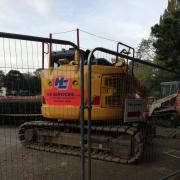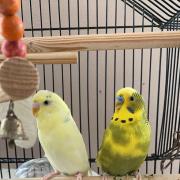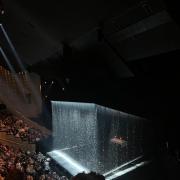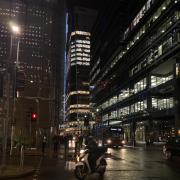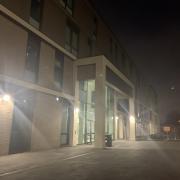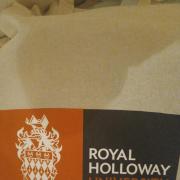
Twice a year the number of deer that live in Richmond Park is reduced, as part of a planned cull. Overnight, marshalls enter the park with firearms to regulate the numbers of deer in the park.
This year culling began on November 3rd and is projected to last roughly four weeks. During this time, pedestrians are not permitted to access the park from eight at night until half past seven in the morning, as the culling takes place.
I am sure many people will be saddened to hear the news that deer are killed in our local parks, but there are clear reasons behind the culls. This process that occurs once in November and once in February has been taking place for many years now, and it is proven to be an effective method of population control. First, if the deer population was allowed to increase unchecked, then water and food supplies for the deer would start to dwindle. Furthermore, there are currently around 630 red and fallow deer living in Richmond Park, a space that has a perimeter of approximately six and a half miles, and the park would simply get too crowded.
The deer at Richmond Park are regularly monitored and looked after. If the number of deer increased it would become more difficult to keep track of their welfare. This could cause diseases to emerge, threatening the park’s wildlife.
There are many locals calling for these actions to stop as they deem culling to be cruel and unnecessary. A petition calling for culling to be cancelled across London’s Royal Parks has gained 110,000 signatures this year. Only male deer are culled in November, so the pregnant females live on, although over 1000 healthy deer have been culled in Richmond over the past five years. In response to this, information on the Royal Parks website states that using controllers such as contraceptives “is not an option.” Furthermore, the organisation “fully endorse[s] humane culling as best practice in deer herd management.”
This process is due to end in early December, and from this point pedestrians will be able to enter the park during the night. Culling of female deer is due to commence in February 2019.










